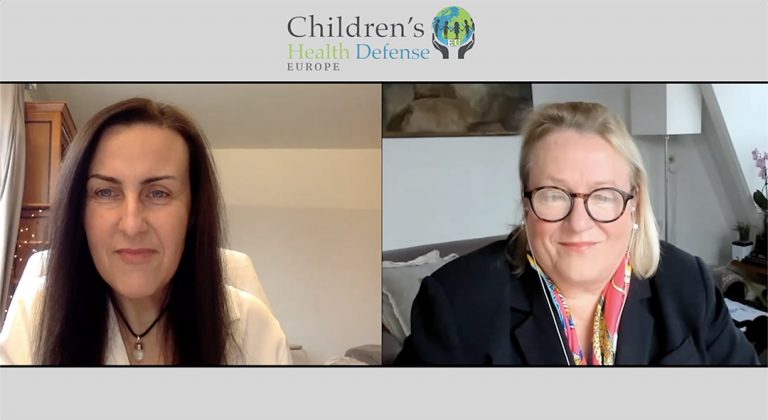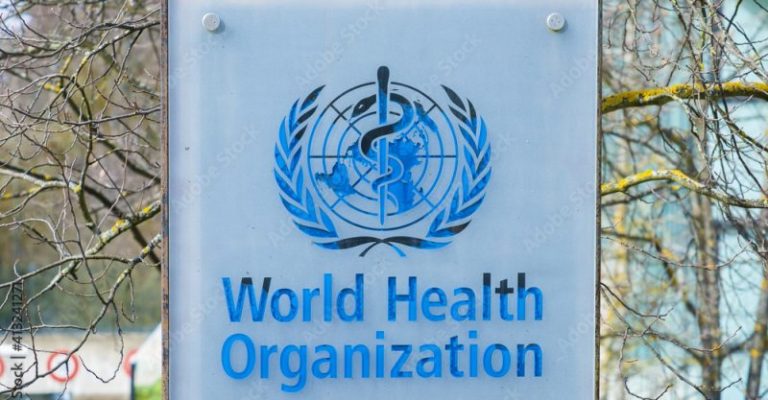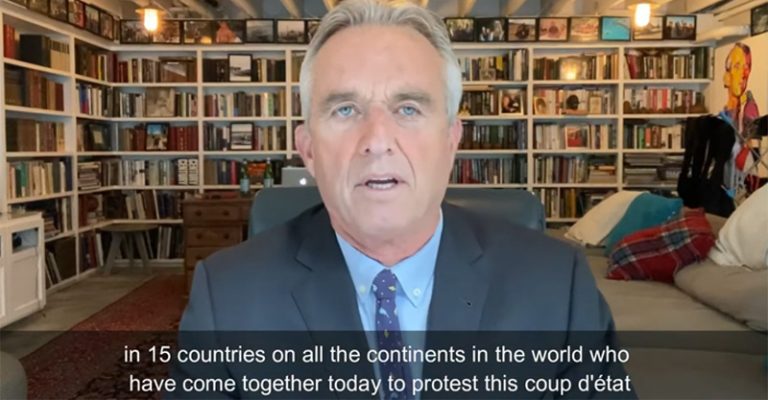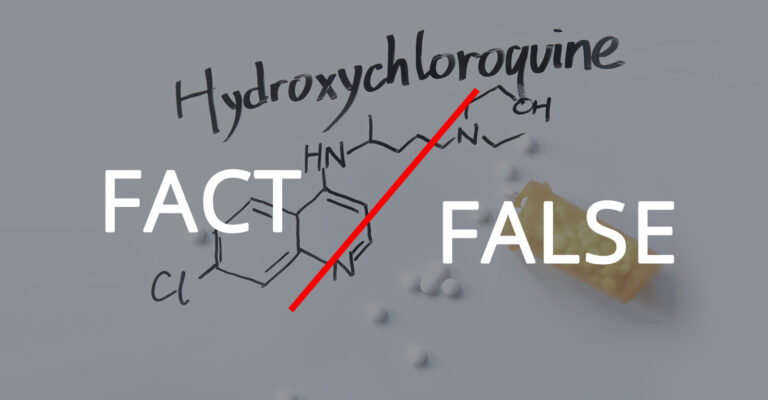Irish Farmers Protest Plans to Cull Livestock to Meet Climate Targets
Farmers in Ireland are protesting government proposals to cull livestock — including up to 200,000 cows — in an effort to meet national and European Union goals to reduce methane emissions.
Farmers in Ireland are protesting government proposals to cull livestock — including up to 200,000 cows — in an effort to meet national and European Union (EU) climate targets.
According to Ireland’s Independent, up to 65,000 dairy cows and 10% of the livestock herd would have to be removed from the national herd every year for three years at a cost of €200m ($215.2 million) if the farming sector is to “meet its climate targets.”
The figures come from an Irish government document the Independent obtained following a freedom of information request.
National climate targets in question include a 51% reduction in emissions by 2030 — the target year for the United Nation’s Sustainable Development Goals — and net zero carbon emissions by 2050, the Independent reported.
According to the Irish Mirror, a 25% emissions reduction goal has been set for the agricultural sector by 2030.
The government document proposes farmers receive compensation of up to €5,000 ($5,381) for each cow that is culled.
According to Remix News, the plans were first outlined in 2021. A report at the time recommended culling up to 1.3 million cattle to reduce emissions to “sustainable” levels.
There are approximately 2.5 million dairy and beef cows in Ireland, according to the Irish June Livestock Survey. Of these, 1.6 million are dairy cows — which have increased by 40% in the past decade — while beef cows total approximately 913,000, representing a decrease of 17% over the same period, the Irish Mirror reported.
Separately, Ireland’s Environmental Protection Agency (EPA) issued a 115-page report in March that recommended “effective abatement of livestock emissions … of approximately 30% plus ruminant livestock number reduction [of] up to 30%.”
According to the EPA, the country’s agricultural sector is directly responsible for almost 38% of the country’s greenhouse gas emissions, as reported by the Irish Mirror.
And a report published in October 2022 by the Irish government’s Food Vision Dairy Group — established to “identify measures which the dairy sector can take to contribute to stabilization and subsequent reduction of emissions” — said there is an “urgent need to address the negative environmental impacts associated with dairy expansion.”
The report said dairy farmers could lose between €1,770 ($1,906) and €2,910 ($3,134) per cow removed.
Ireland, along with other EU member states and the U.S., are participants in the 2021 “Global Methane Pledge,” whose participants “agree to take voluntary actions to contribute to a collective effort to reduce global methane emissions at least 30 percent from 2020 levels by 2030.”
Organizations supporting the Global Methane Pledge include the United Nations Environment Programme, the European Investment Bank, the Global Dairy Platform, the Green Climate Fund, the International Energy Agency and Bloomberg Philanthropies.
Bloomberg Philanthropies is one of the major funders of the C40 Good Food Cities Accelerator, whose signatory cities commit to achieving a “planetary healthy diet” by 2030, defined by more “plant-based foods,” and less meat and dairy.
C40 merged with the Clinton Climate Initiative in 2006, and in 2020, said cities should “build back better.”
Separately, EU member states are discussing proposals to “cut pollution and greenhouse gas emissions from livestock,” according to Reuters.
The United Nations Environment Programme and the Climate and Clean Air Coalition claim livestock emissions account for approximately 30% of total methane emissions.
Cattle reduction proposals ‘absolute madness’
The Independent’s report prompted an immediate reaction in Ireland — particularly from the agricultural sector. This then prompted the Irish government to walk back the report.
The Irish Mirror reported that a spokesperson for Ireland’s Department of Agriculture said the report “was part of a deliberative process … one of a number of modelling documents” it is considering and “not a final policy decision.”
Pat McCormack, president of the Irish Creamery Milk Suppliers Association, told Newstalk Breakfast that Ireland’s “herd isn’t any larger than it was 25, 30 years ago.”
He said the farming sector is prepared to follow the strategic direction of the Irish government, but that, “If there is a scheme, it needs to be a voluntary scheme.”
Addressing the Irish Parliament on May 30, Peadar Tóibín, head of the Aontú political party, criticized the government’s proposals, calling them “an incredible threat to the farming sector at a cost of about €600 million [$646.9 million].”
Tóibín said:
“A full 25% of beef that’s being imported into the European Union is now coming from Brazil. How is it environmentally friendly to kill large swathes of the Amazon, import that beef from Brazil to substitute for Irish beef that’s been culled here in this state?”
A member of the Irish Parliament, Michael Healy-Rae, called the government’s proposals “absolute madness,” and warned that many farmers will refuse to comply or opt to leave the sector altogether if these plans move forward.
Tim Cullinan, president of the Irish Farmers’ Association told The Telegraph, “Reports like this only serve to further fuel the view that the government is working behind the scenes to undermine our dairy and livestock sectors.”
“While there may well be some farmers who wish to exit the sector, we should all be focusing on providing a pathway for the next generation to get into farming,” he added.
Ian Plimer, Ph.D., professor emeritus of geology at the University of Melbourne, told Sky News Australia that the culling of 200,000 cattle “can only end in disaster.”
“The Irish know about this from the potato famine,” he said. “A third of their population died, a third emigrated, and the same thing will happen. They will lose productive people from Ireland and they’ll go somewhere else.”
Twitter owner and CEO Elon Musk also weighed in over the controversy, tweeting “This really needs to stop. Killing some cows doesn’t matter for climate change.”
British author and farmer Jamie Blackett wrote, “It seems increasingly clear that there is an eco-modernist agenda to do away with conventional meat altogether. It’s not just the Extinction Rebellion mob, either; many of the world’s politicians are on board.”
An August 2022 report suggested “insects could soon be on the menu in Ireland” and that “High-protein bug replacements for meat and dairy could help save the planet.”
According to a report by the Independent, a 10% reduction in Ireland’s dairy herd would cost €1.3 billion ($1.4 billion) annually, while industry experts argued such proposals would result in global greenhouse gas emissions actually increasing.
According to Agriland, Ireland imported more than 14,000 tons of beef in the first quarter of this year, while Ireland exported €2.5 billion ($2.69 billion) worth of beef in 2022, an 18% increase compared to 2021, likely contributing to higher emissions.
The Food Vision Dairy Group’s October 2022 report “on measures to mitigate greenhouse gas emissions from the dairy sector” said:
“Ireland’s carbon footprint per unit of output is considered to be the lowest amongst milk-producing countries. It is also noted that the carbon footprint per unit of output has declined [in] recent years.”
However, an August 2022 Euronews report claimed Ireland “has the highest methane emissions per capita of all EU member states, with much of this due to beef production.”
The Food Vision Dairy Group’s report also stated:
“Once methane emissions are stabilised and remain stable then the atmospheric concentration will stabilise.
“Emissions should be reduced by around 3% per decade or offset by carbon dioxide removals which provides a similar climate impact. This would neutralise its impact on the global temperature. There is no basis in science therefore that requires emissions from enteric fermentation to be reduced to net zero.”
The group said it was focused on actions the dairy sector needs to take to make its “proportionate contribution” toward the target 25% reduction in agriculture emissions.
Several other proposals are contained in the report, including reducing chemical nitrogen use in the dairy sector by 27-30% by the end of 2030, and a “Voluntary Exit/Reduction Scheme.”
As these proposals are put forth, other reports indicate the use of private jets is “soaring” in Ireland. Remarking on this, Irish Senator Lynn Boylan recently stated:
“Climate justice advocates have long argued that not all carbon emissions are created equal. To date, the government’s approach has been about punishing ordinary people while the wealthy are exempt to continue living their carbon-intensive lifestyles.”
And in a May op-ed for Agri-Times Northwest, farmer and agronomist Jack DeWitt criticized cattle reduction proposals, arguing they rely on untrue science. He wrote:
“Something you have no doubt heard is that cattle who live their entire lives on pastures (i.e. grass-fed beef) emit less methane. That’s not true.
“Cattle’s methane impact in the U.S. is significantly less than 50 years ago and continues to reduce because of efficiency gains in producing beef and milk … Beef cattle numbers are down 6 percent since 1970, but meat production from those cattle is up 25 percent, partly due to heavier weight at slaughter, made possible by breeding animals to deliver higher growth rates and higher feed efficiencies. Expect these efficiency trends to continue.”
DeWitt also wrote, “Some people want to eliminate 1 billion cattle and convert people to veganism,” he added. “But humans pass methane too, and a vegan diet doubles the amount.” He said farmers can also trap methane and use it for electricity production.
Gates a major investor in methane reduction schemes
Similar proposals to reduce greenhouse gas emissions from the agricultural sector in several other countries also triggered farmer protests.
According to AgDaily, the Dutch government “is slated to cut nitrogen oxide and ammonia by 50 percent by 2030,” leading to many farms now “facing shutdowns.” The Dutch government “expects about a third of the 50,000 Dutch farms to ‘disappear’ by 2030” and has proposed a program of “voluntary” buyouts of farms and cattle stocks.
These plans resulted in large-scale protests by Dutch farmers earlier this year, and led to significant electoral losses by Prime Minister Mark Rutte’s governing coalition and significant gains made by the Farmer Citizen Movement, in March’s provincial elections.
Nevertheless, the European Commission recently approved two Dutch government plans to buy out livestock farmers.
According to AgDaily, the plans, worth €1.47 billion ($1.65 billion), aim “to reduce nitrogen emissions and meet EU environmental targets. Farmers will be offered financial compensation to stop farming and sell their animals voluntarily.”
Farmer protests also occurred in Belgium in March, following plans introduced by the Flemish government to reduce greenhouse gas emissions from the agricultural sector.
And a report commissioned in 2022 by Northern Ireland’s agricultural sector suggested that more than 500,000 cattle and approximately 700,000 sheep would need to be culled to meet the region’s climate targets.
In October 2022, the government of New Zealand “announced its plans to impose a farm-level levy on farmers for their livestock’s emissions … to meet climate targets,” according to Popular Science, with plans for the program to come into effect by 2025.
That proposal was met with mild opposition by Ermias Kebreab, Ph.D., director of the UC Davis World Food Center, who told Popular Science “The burden needs to be shared by society and not just farmers that are already operating on small margins.”
Society “sharing the burden” may imply reductions in meat consumption, a view that was further elucidated in a March 24 Reuters op-ed by columnist Karen Kwok.
Kwok wrote the “War on cow gas is [a] stinky but necessary job in [the] climate-change struggle.” If the price of meat goes up, Kwok said, “that will close a gap with plant-based burgers and steaks, which today cost twice as much as animal-based ones” — which will deter consumers from “purchasing chops and sausages and opt for less carbon-intensive alternatives,” she said.
In January, French dairy firm Danone announced it is considering placing masks on cows to trap their burps and reduce methane emissions, while Danone is also mulling forcing cows to wear diapers to trap their flatulence. One farmer told Fox News the plan was “utter madness” and said those proposing such ideas have “gone to loony town.”
Bill Gates recently made some high-profile investments in startups and technologies purporting to reduce methane emissions in the agricultural sector.
In January, Gates announced an investment in Australian start-up Rumin8, which is developing a seaweed-based feed to reduce the methane emissions cows produce “through their burps and, to a lesser extent, farts,” CNN reported.
And in March, the Bill & Melinda Gates Foundation granted $4.8 million to Zelp (Zero Emissions Livestock Project), a firm developing face masks for cattle that capture methane emitted by animal burps, converting it to carbon dioxide.
Speaking to Cowboy State Daily in March, Brett Moline, director of public and governmental affairs for the Wyoming Farm Bureau Federation, called the face mask proposal “one of the most pickle-headed ideas I’ve ever heard of.”
The Daily Mail, quoting The Associated Press, noted Gates is considered the largest private owner of farmland in the U.S., having “quietly amassed” close to 270,000 acres.
Such proposals may all be connected to the “One Health” concept promoted by the World Health Organization (WHO).
“One Health,” which figures prominently in the pandemic treaty and amendments to the International Health Regulations currently being negotiated, calls for global surveillance to detect potential zoonotic diseases that may cross over from animals to humans.
At the recent World Health Assembly, WHO Director-General Tedros Adhanom Ghebreyesus warned of a future pandemic that may be fueled by a zoonotic disease.
Originally published by The Defender
Suggest a correction







